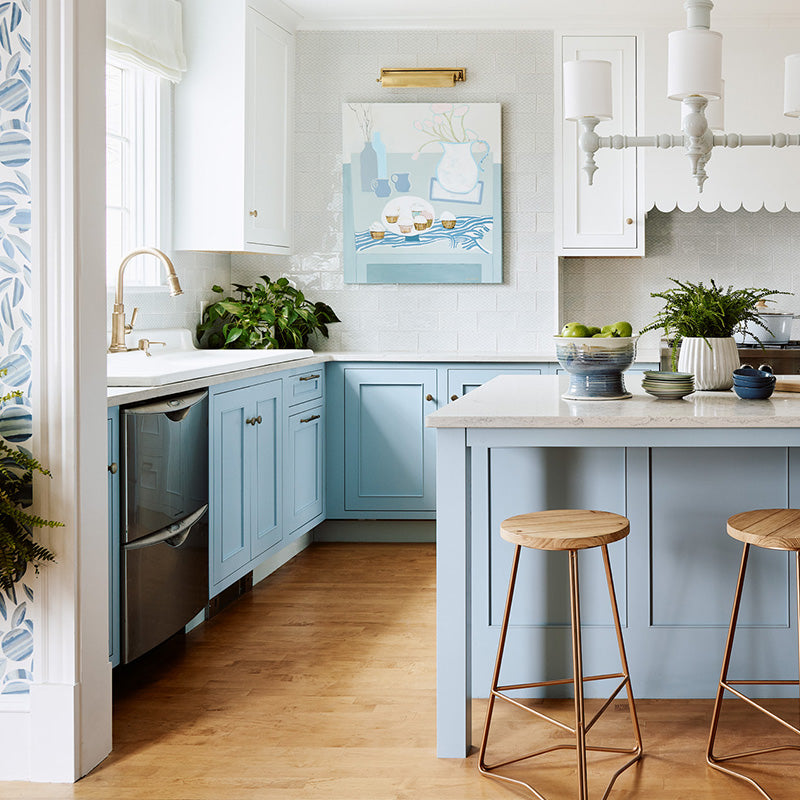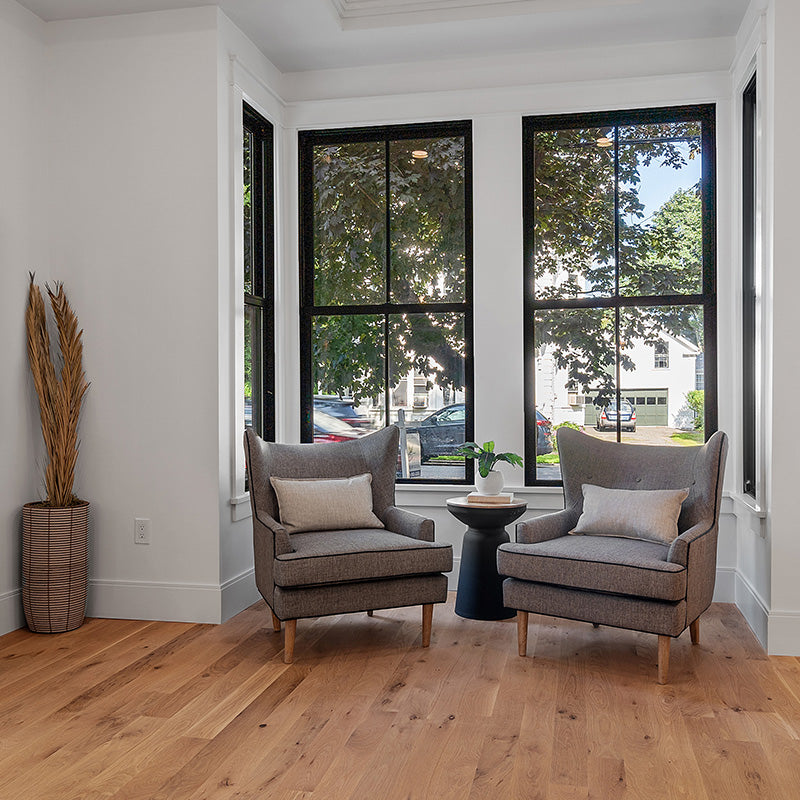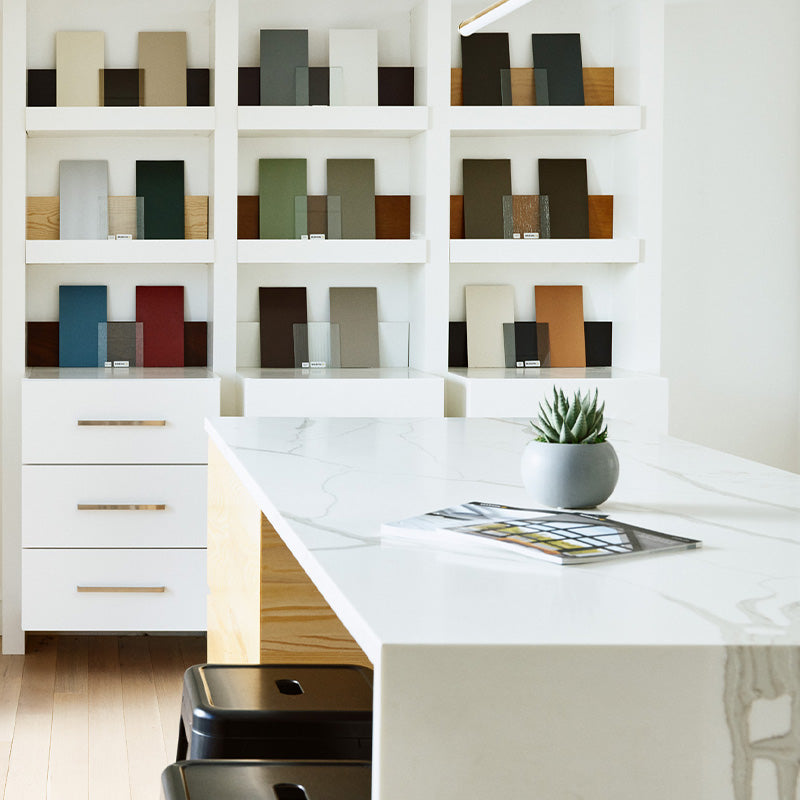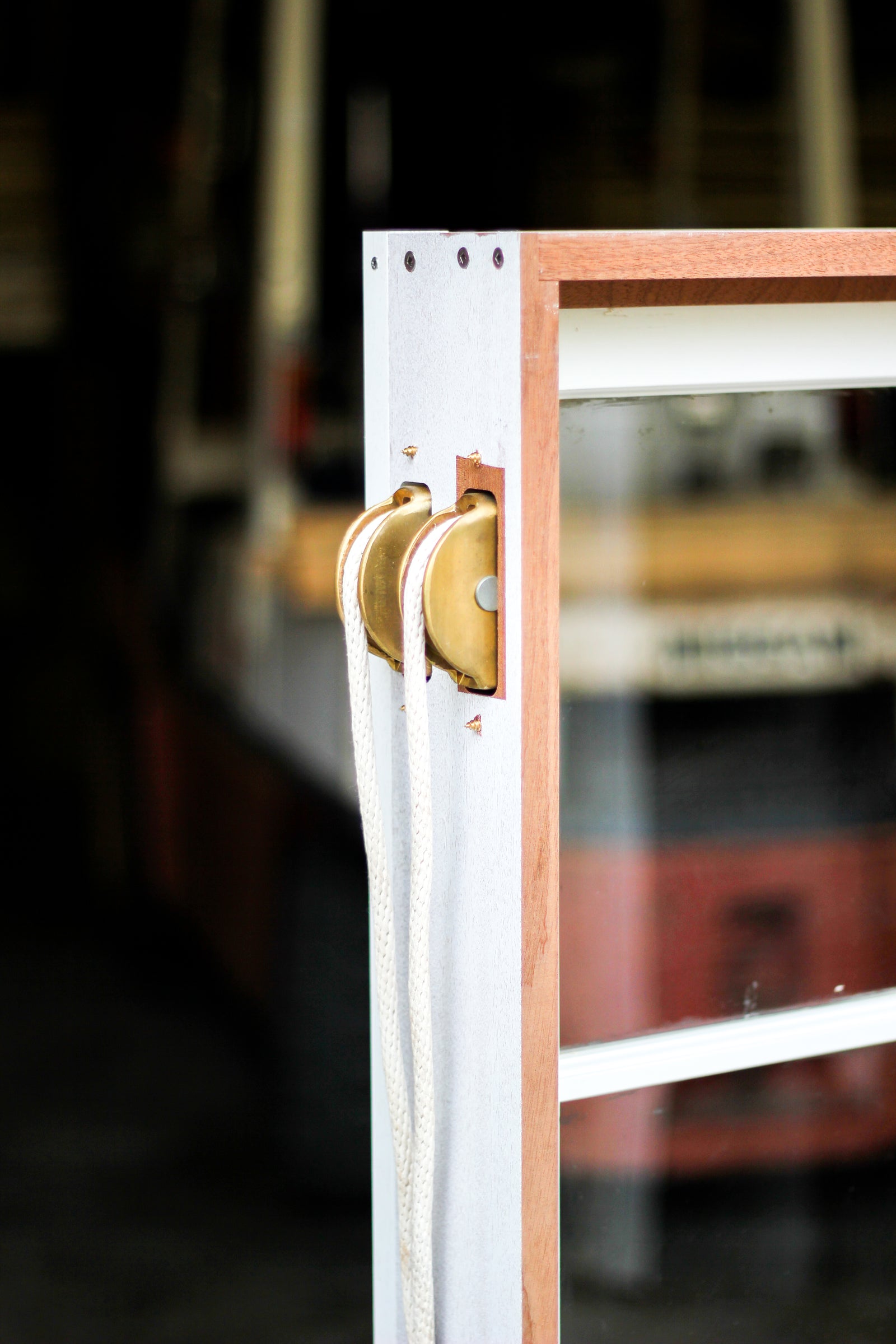Your Cart is Empty
Projects

Condensation:
A Sign of High Humidity
September 17, 2015 3 min read
As building technology and energy efficiency improves, our homes become increasingly more airtight. Which is great for our heating bill, but may mean that damp air gets trapped inside more often than it used to. During cold winters, there are big temperature differences between the inside of our homes and out. In a well-sealed home, moisture collects and condenses on the glass, causing condensation.
Glass is a notoriously poor insulator and will be responsible for a large amountof the heat lost in your home. You will be able to feel the temperature difference between the glass and interior walls, the glass and surrounding air will be much colder. Since cold air has a lower dew point than warm air, the glass surfaces in your home will be the first to show signs of condensation. That doesn’t mean it’s the only place it exists.
Condensation is unsightly, but window fog is not the only problem. If condensation is a chronic occurrence in your home; chances are that you have excessive humidity. If water is accumulating on glass, it may also be accumulating on other harder to see surfaces such as wall and roof cavities. If left uncontrolled, excess moisture can have serious consequences, including:
- Mold or mildew
- Wood rot and warping
- Roof ice build-up
- Damp, ineffective insulation
- Discolored, blistered or bubbling paint
- Damaging moisture inside walls and attic
- There are several ways you can reduce humidity in your home.
Measuring a Homes Humidity Level
You can determine how much moisture is in your home with an inexpensive Hygrometer that can be purchased from your local hardware store. Place the Hygrometer in your home for a few days and record the readings each day. Compare your data to the chart below. As outside temperatures drop, the indoor relative humidity level of your home should decrease. For homes with windows equipped with insulating glass, the University of Minnesota Agriculture Extension Service reports that the following humidity levels can be maintained in the home without causing window condensation. If your home’s relative humidity is higher than this chart, please consult Excess Moisture: Causes and Cures for tips on identifying and eliminating sources of excess moisture in your home. Outside Air Temperature with ideal inside relative humidity for 70° F (21° C) indoor air temperature:
- 20° F (-29° C) outside should be 15% to 20% humidity inside
- 10° F (-23° C) outside should be 20% to 25% humidity inside
0° F (-18° C) outside should be 25% to 30% humidity inside
+10° F (-12° C) outside should be 30% to 35% humidity inside
+ 20° F (-7° C) outside should be 35% to 40% humidity inside

Quick Fixes
- Make sure your humidifier is working correctly & turn it down as the weather becomes colder
- Cover the earth in your crawl space with a vapor barrier
- If you have a forced hot air furnace, make sure your home is properly ventilated by installing a fresh intake
- Don’t store firewood inside
- As a temporary solution, you may want tot ry opening your windows a little each day to allow the exchange of colder drier air with warmer more humid air. This should no affect your energy bill in an y substantial manner
- Install energy efficient windows
Excess Moisture: Causes & Cures
- Inefficient windows with extremely cold glass surfaces
- Install energy-efficient windows and doors. High-performance windows, such as those made with Low E II, make the most of the sun’s heating rays during cold months and maintain a remarkable temperature difference between the indoor and outdoor panes of glass.
- Inadequate ventilation of windows
- Keep window coverings open during the day to allow air circulation and make sure patio doors have heat vents beneath them.
- Moist air trapped in attic
- Seal around indoor light fixtures to prevent warm, moist air from rising to the attic. Install soffit vents to prevent attic rot, making sure to keep vents clear of dirt and garden debris.
- Radiator or kerosene heat
- Use dryer sources of heat such as gas or electric furnaces.
- Cooking and dishwashing
- Vent stove range hoods and dishwashers to the outside and use a fan while cooking.
- Stale, damp air
- Install an air-to-air heat exchanger to vent moist air outside. Some air quality systems recover up to 97% of the existing warmth and energy to heat incoming fresh air.
- Showers and baths
- Make sure bathroom exhaust fans are vented to the outside and use fans regularly.
Excessive humidity can actually be an issue in newer, energy-efficient homes that don’t “breathe.” An inexpensive hygrometer should be able to tell you if your humidity levels are in check.
Leave a comment
Comments will be approved before showing up.
Subscribe Today!
Our goal is to provide you with as much information as possible. Our newsletter is full of tips, inspiration and featured projects. We promise to only send you interesting things and never share your email with anyone else.




